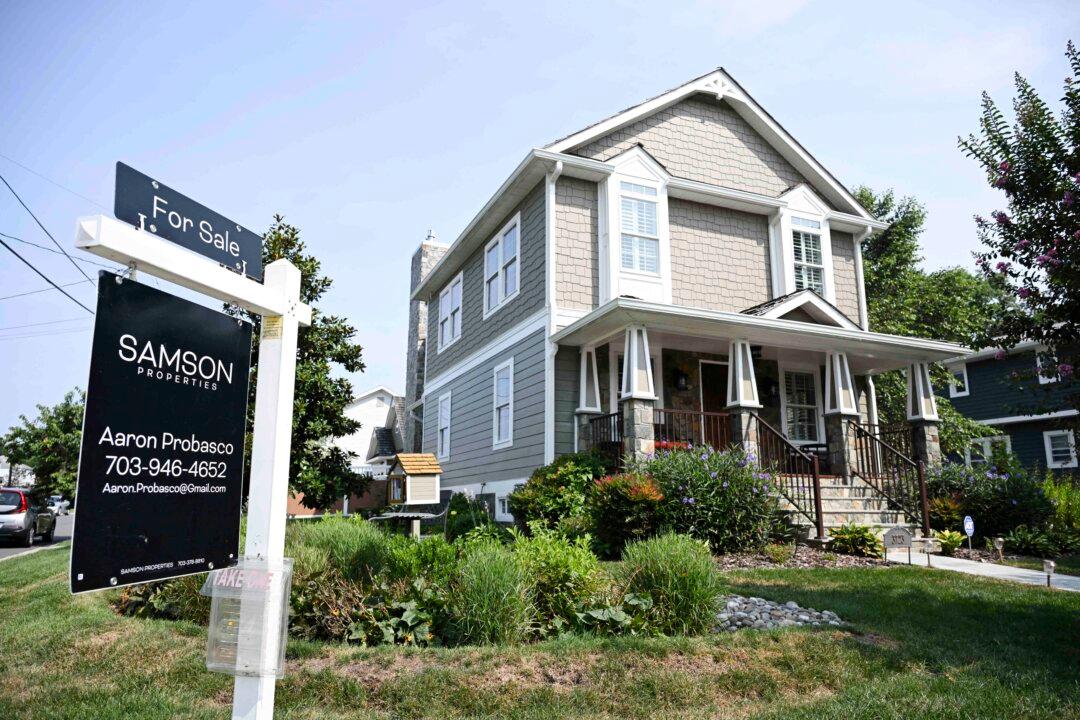People living in Mississippi, West Virginia, and Arkansas spend the largest share of their household income on groceries, according to a Feb. 13 report from personal finance company WalletHub.
WalletHub analyzed 26 common grocery items from each of the 50 states, comparing their prices to the median household income. Mississippi was found to spend the most on groceries, with 2.64 percent of the median monthly household income set aside for this purpose.
West Virginia came in the second spot at 2.57 percent, followed by Arkansas at 2.49 percent. Kentucky and Louisiana rounded up the top five. Out of the 50 states, 26 had grocery costs at or above 2 percent of their incomes.
The state that spent the least income on groceries was New Jersey at 1.50 percent, followed by Maryland (1.54 percent), Massachusetts (1.54 percent), New Hampshire (1.6 percent), and Connecticut (1.62 percent).
“While grocery prices have gone up tremendously in recent years, the states in which people spend the greatest percentage of their income on groceries actually aren’t those with the highest prices,” WalletHub analyst Chip Lupo said. “Instead, the median incomes in these states are quite low, so even with reasonable grocery prices, residents end up shelling out a higher percentage of their earnings than people in states with more expensive products.”
For instance, the annual median household income of Mississippi, which spent the highest share of its income on groceries, was $52,985. This was the lowest annual median household income in the United States.
Similarly, West Virginia, which had the second-highest spending on groceries, has the second-lowest median income. Arkansas has the third-lowest income in the country.
Debt Burdens
The struggle against grocery costs comes as households are also being burdened by high levels of debt. A WalletHub analysis of data from the New York Fed found that the average U.S. household owed $149,997 by the end of 2024.“While mortgage delinquency rates are similar to pre-pandemic levels, auto loan delinquency transition rates remain elevated,” said Wilbert van der Klaauw, economic research adviser at the New York Fed. “High auto loan delinquency rates are broad-based across credit scores and income levels.”
General overspending or living beyond one’s means was the second top reason, followed by reduced income or job loss, expenses associated with raising children, and replacement or repair of major appliances.
“More than a quarter of Americans are seeing their amount of debt increase and a majority don’t have enough money to cover their spending month to month,” Achieve Co-CEO and Co-Founder Brad Stroh said. “The slippery slope of debt will increase for many households if they don’t take steps to realign their finances.”







